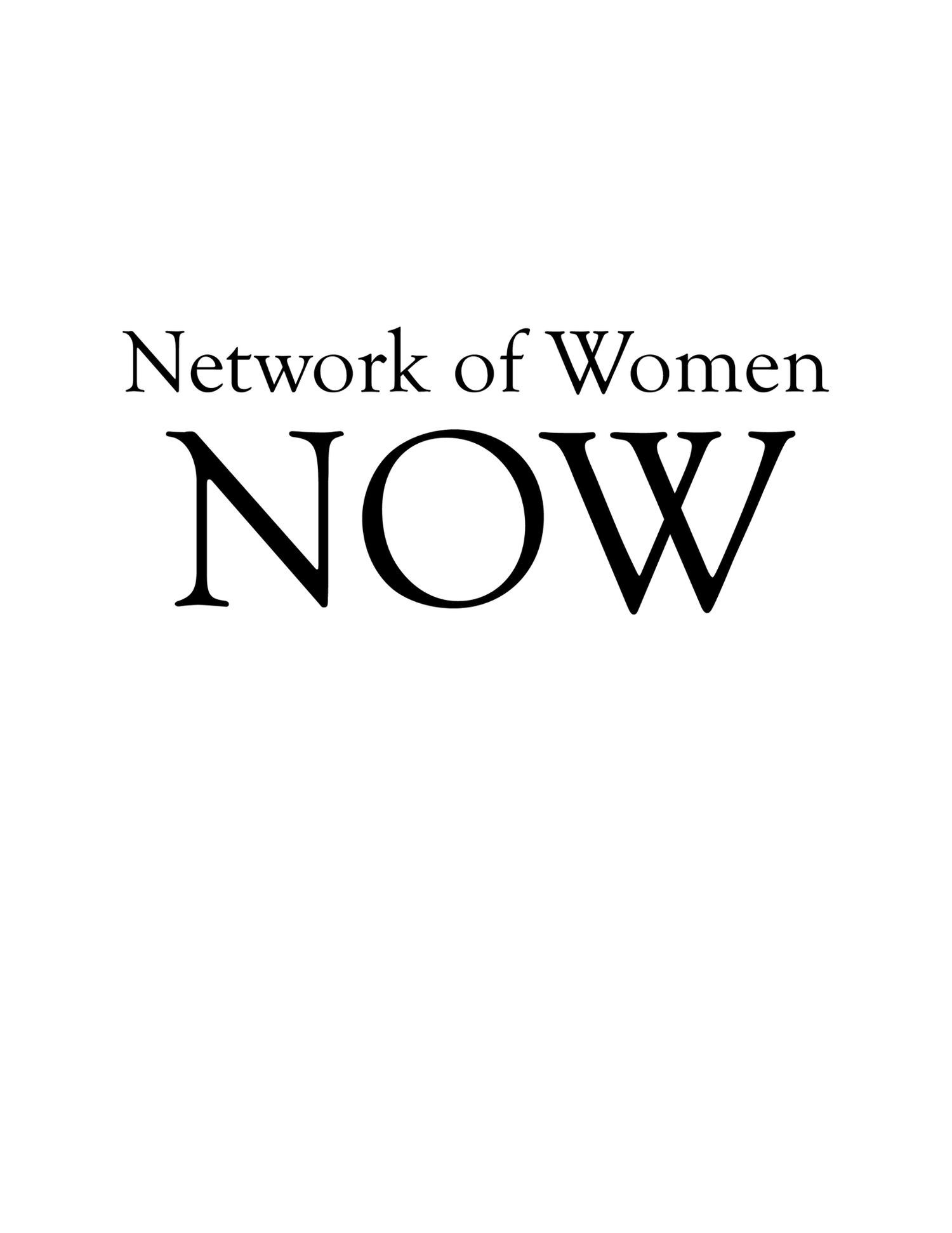Louisiana’s Parish School Districts and Period Poverty
Louisiana is not immune to suffering from natural disasters or horrendous acts of violence. In 2005, the devastating Category 5 Hurricane Katrina displaced Louisiana residents and caused billions of dollars in property damage. However, the ugliest facts about the displacements that did not draw much attention was the effects on Louisiana’s parish school districts and the educational standards for PK-12 students. Parish school districts and state universities acted accordingly to enact loftier teacher qualifications and increase student assessments to align with national standards. Now, post COVID-19 lockdown, Louisiana parish school districts are faced with yet another devastating situation that is specifically affecting menstruating students in grades 6 – 12. The fire this time is called “period poverty.”
“Period poverty” refers to the prevalent phenomena of being unable to afford products such as pads, tampons, or liners to manage menstrual bleeding.[1] In 2021, during the lockdown from the COVID-19 pandemic, globally students were required to be home schooled to reduce the spread of the virus. During this time, the U. S. Census Bureau’s Small Area Income and Poverty Estimates (SAIPE) reported that all of Louisiana’s sixty-nine parish school districts 17.25% of PK-12 students and their families live in poverty.[2] These financially marginalized families must choose to buy basic household needs like food. Federal funded Supplemental Nutrition Assistance Program (SNAP) and the Women, Infants, and Children Nutrition Program (WIC) programs do not cover the cost of period products nor considers them as a necessity. Now students are back in the classrooms, and new studies have found that period poverty is impacting the achievements of menstruating students at alarming rates all over the country. More than four out of five teens had personally missed class or knew someone that missed class due to menstrual hygiene products being inaccessible.[3]
The subject of ending period poverty is so pervasive in The United States that new legislation is being adopted. Thirty-two states and Washington, D.C., have statutes or legislation regarding the provision of free menstrual hygiene products in schools, prisons and/or shelters.[4] Louisiana’s House Representative Aimee Freeman (D) has submitted in 2023 HB117* for vote. HB117* requires public schools to provide free menstrual products in easily accessible locations.[5] A similar version of this bill was submitted last year but was not passed.
House Bill 117* does not currently propose a more sustainable solution that ensures that a continuous supply of menstrual products is guaranteed for students yearly. Although, it has not been determined how HB117* bill will be funded. The additional costs for the already financially burdened public parish school districts will be catastrophic and render this law (if passed) unsustainable. In North Carolina, “the state budget for the last biennium, or two years, had money to fund similar programs across the state, giving money for period products in schools, but the funds quickly ran out because of high demand.”[6]
There is no doubt that the passage of HB117* will require all Louisiana voters to advocate for supplying menstrual products for students. In addition, community leaders should support the post passage of the HB117* bill to ensure that menstruating students have access to period products in public locations. There are nonprofit organizations working in Louisiana to address issues of period poverty. HR Freeman will need input and collaboration from a variety of sources to understand the depth of the effects of period poverty in Louisiana. Louisiana parish school districts that is unprepared to meet the menstrual needs of their students will create further problems for all involved.
*Revised word edit HR117 to HB117 or House Bill
[1] Rapp, A., & Kilpatrick, S. (2020). “Changing the Cycle: Period Poverty as a Public Health Crisis.” Master's Students in Epidemiology. School of Public Health, University of Michigan. Retrieved from https://sph.umich.edu/pursuit/2020posts/period-poverty.html
[2] U.S. Census Bureau. (2021). “Small Area Income and Poverty Estimates (SAIPE) Program.” SAIPE Data Tools. Retrieved from https://www.census.gov/data-tools/demo/saipe/#/?s_state=22&s_county=22033&s_district=&s_geography=district&s_measures=5_17_fam.
[3]Thinx and Period, (2021), “State of the Period 2021 The widespread impact of period poverty on US students,” Retrieved from https://period.org/uploads/State-of-the-Period-2021.pdf.
[4] Harrison, G. (2023). “Period Poverty: Barriers to Safe and Equitable Menstrual Hygiene.” Health and Human Services. The Council on State Governments. Retrieved from https://www.csg.org/2023/03/06/period-poverty-barriers-to-safe-and-equitable-menstrual-hygiene/#.
[5] https://www.legis.la.gov/legis/BillInfo.aspx?s=23rs&b=HB117&sbi=y
[6] Jones, M.H., (2023). “Nonprofit hopeful new legislation can help those struggling to afford period products.” Spectrum 1 News Politics. Retrieve from https://spectrumlocalnews.com/nc/charlotte/politics/2023/02/27/fighting-period-poverty-one-pad-at-at-time.

